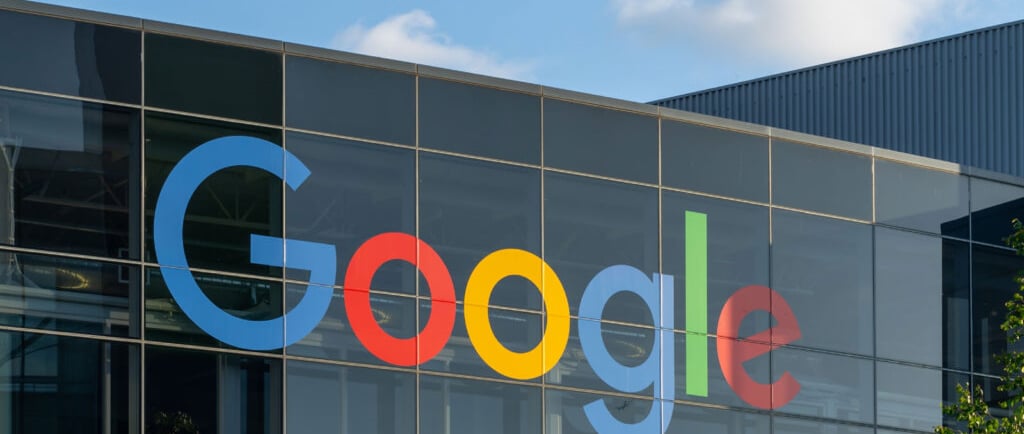Google Explained How CDNs Impact Crawling & SEO: A Complete Guide
How CDNs work: According to Google
FEATURED
12/29/20243 min read


How CDNs Impact Crawling & SEO: A Complete Guide
Content Delivery Networks (CDNs) are indispensable tools for webmasters looking to improve page load speeds and enhance the user experience. However, their influence extends beyond performance optimization, affecting how search engines crawl and index your website. This post explores the benefits and challenges of CDNs for SEO, based on the latest insights from Google.
---
What Is a CDN?
A Content Delivery Network (CDN) caches web pages and serves them from the nearest data center to a user's location. By reducing the distance between the server and the user’s browser, CDNs ensure faster page delivery.
Key Benefits of a CDN:
Improved Speed: Cached pages load faster due to proximity to the user.
Reduced Server Load: By serving cached copies, CDNs minimize strain on the origin server.
Increased Crawl Rates: Googlebot may crawl more pages because CDNs can handle higher thresholds before throttling.
---
How CDNs Enhance Crawling Efficiency
CDNs allow Googlebot to crawl more pages by increasing the crawl rate. Google adjusts the crawling behavior when it detects a CDN, as they typically offer better handling of high traffic volumes.
Important Notes:
1. Cache Warming:
Before a CDN can serve cached pages, each URL must be loaded from your origin server at least once. For large websites with millions of pages, this can significantly impact your crawl budget in the short term.
2. Throttling:
Googlebot throttles crawling if it senses server strain. Using a CDN raises the threshold, allowing for faster indexing of new or updated content.
---
When CDNs Create SEO Challenges
While CDNs are powerful, they can unintentionally harm crawling and indexing if not configured correctly. Google highlights two main types of blocks:
1. Hard Blocks
These occur when a CDN responds with server errors:
500 (Internal Server Error): Indicates major server issues.
502 (Bad Gateway): Suggests problems connecting to the origin server.
Both can cause Googlebot to slow its crawl rate or even drop URLs from the index if errors persist. Instead, serve temporary errors using 503 (Service Unavailable) status codes.
2. Soft Blocks
These happen when CDNs display bot-verification interstitials (e.g., "Are you human?" pop-ups). If Googlebot encounters these, it cannot crawl your content. To prevent this:
Use a 503 status code for temporary blocks.
Ensure interstitials do not interfere with essential page content.
---
Debugging CDN Issues for SEO
To avoid CDN-related crawling problems, Google recommends these debugging practices:
1. Use the URL Inspection Tool:
This tool in Google Search Console shows how your pages are served to crawlers.
2. Check Web Application Firewalls (WAFs):
Some CDNs block Googlebot by IP. Compare blocked IPs with Google’s official IP list.
3. Monitor Blocklists:
Regularly review blocklists to ensure critical IPs aren't blacklisted.
---
Best Practices for Using CDNs in SEO
1. Prepare for Cache Warming:
If launching new pages, account for the initial server load when populating the CDN cache.
2. Configure Status Codes Correctly:
Use appropriate status codes like 503 for temporary blocks to avoid index drops.
3. Optimize Crawl Budget:
Ensure your server can handle increased crawling after the CDN cache is warmed.
4. Avoid Random Errors:
Avoid serving error pages with 200 OK status codes, as Google might treat them as duplicate content.
---
Conclusion
CDNs can significantly enhance your site's crawlability and SEO performance when used correctly. However, improper configurations can lead to crawling issues, index drops, and long recovery times. By understanding these potential pitfalls and implementing best practices, you can maximize the benefits of CDNs without compromising your SEO efforts.
For more insights, check out Google’s latest crawl documentation below:
“However, on the first access of a URL the CDN’s cache is “cold”, meaning that since no one has requested that URL yet, its contents weren’t cached by the CDN yet, so your origin server will still need serve that URL at least once to “warm up” the CDN’s cache. This is very similar to how HTTP caching works, too.
In short, even if your webshop is backed by a CDN, your server will need to serve those 1,000,007 URLs at least once. Only after that initial serve can your CDN help you with its caches. That’s a significant burden on your “crawl budget” and the crawl rate will likely be high for a few days; keep that in mind if you’re planning to launch many URLs at once.”
---
By leveraging a CDN effec
tively, you can boost your website's speed, improve crawling efficiency, and maintain strong search engine visibility.
Bukars | Gubmal Inc © 2024
Bukars, empowers the generation of tomorrow for a brighter future and hope for every individual.
